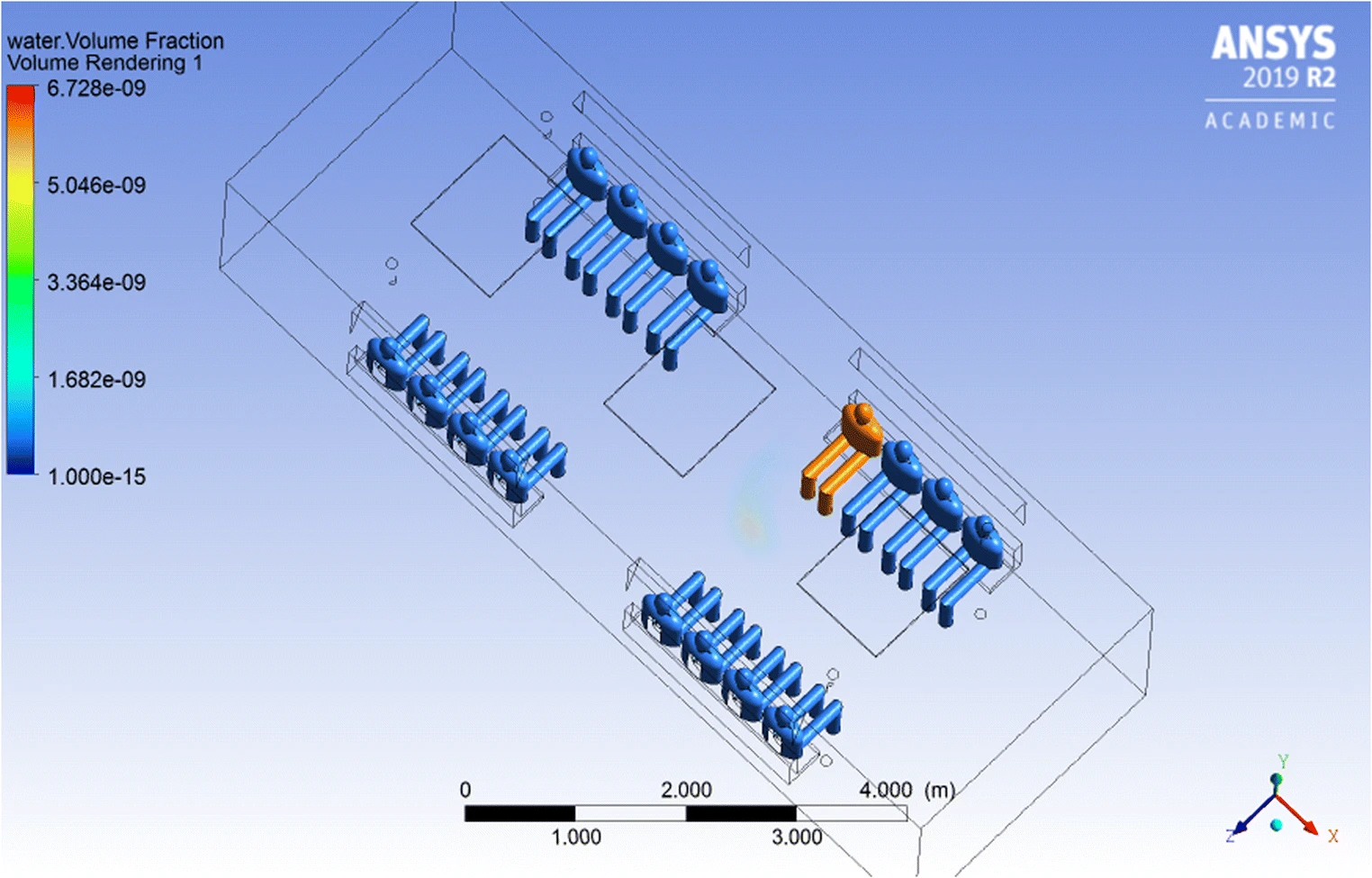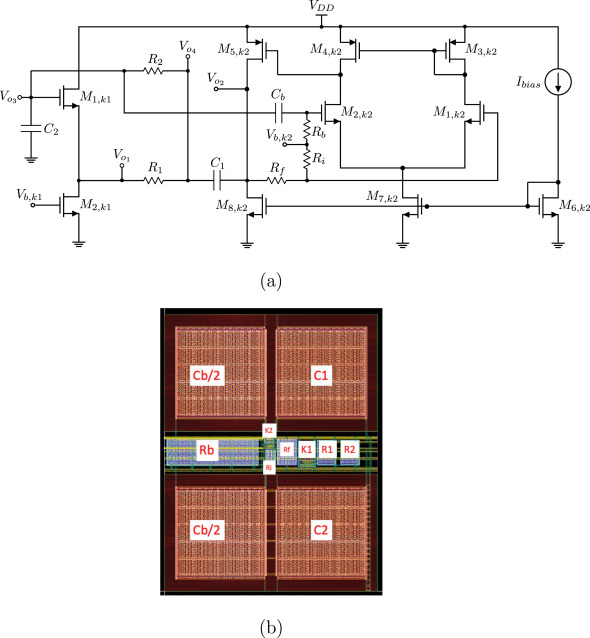

Air change rate effects on the airborne diseases spreading in Underground Metro wagons
The effect of the rate of change of fresh air inside passengers’ wagons for Underground Metro on the spreading of airborne diseases like COVID-19 is investigated numerically. The study investigates two extreme scenarios for the location of the source of infection within the wagon with four different air change rates for each. The first scenario considers the source of infection at the closest point to the ventilation system while the other places the infection source at the farthest point from the wagon ventilation system. The effect of the wagon windows’ status (i.e. closed or open) is also studied. It is found that under all conditions, open windows are always favored to decrease the infection spreading potential. A higher air change rate also decreases the infection spreading up to a certain value, beyond which the effect is not noticeable. The location of the infection source was found to greatly affect the infection spreading as well. The paper gives recommendations on the minimum air change rate to keep the infection spreading potentials to a minimum considering different times the passengers stay in the wagon. © 2021, The Author(s), under exclusive licence to Springer-Verlag GmbH, DE part of Springer Nature.



